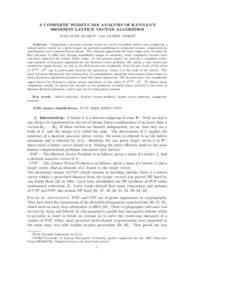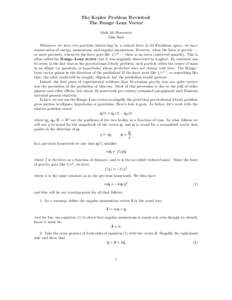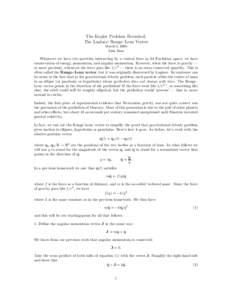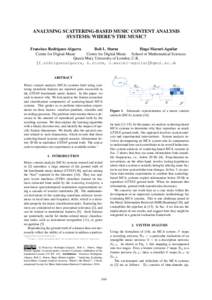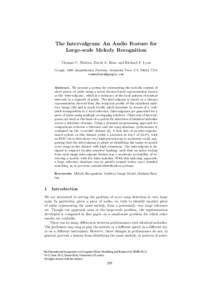<--- Back to Details
| First Page | Document Content | |
|---|---|---|
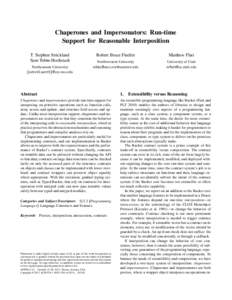 Date: 2012-08-05 15:04:51Computer programming Software engineering Programming language theory Functional programming Object Immutable object Chaperone Mutator method Euclidean vector Container ALGOL 68 Struct |
Add to Reading List |
 Chaperones and Impersonators: Run-time Support for Reasonable Interposition T. Stephen Strickland Sam Tobin-Hochstadt Northeastern University {sstrickl,samth}@ccs.neu.edu
Chaperones and Impersonators: Run-time Support for Reasonable Interposition T. Stephen Strickland Sam Tobin-Hochstadt Northeastern University {sstrickl,samth}@ccs.neu.edu